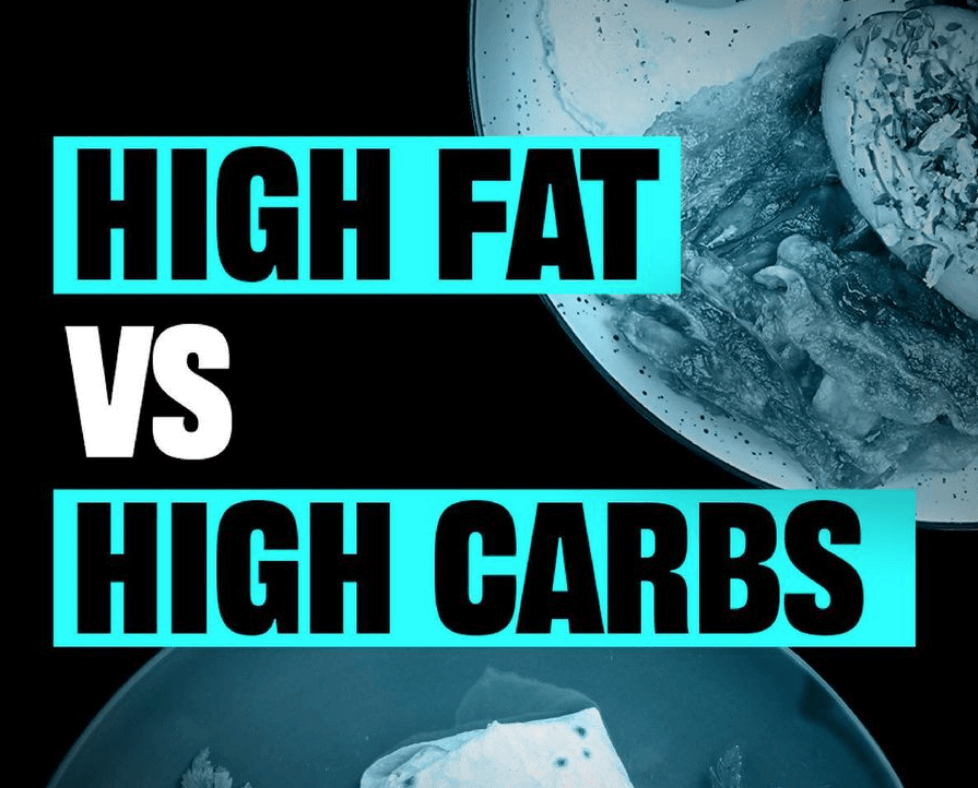An optimally balanced diet is one of the most critical factors that positively influence athletic performance. Experts show how athletes’ diets should be balanced in terms of proteins, fats, carbohydrates, and micronutrients.
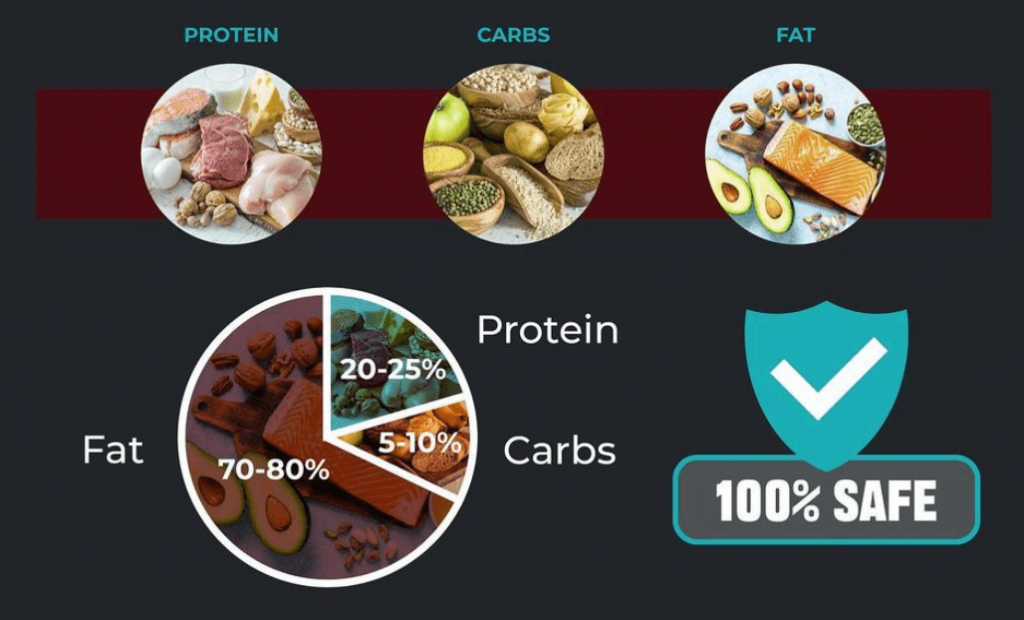
However, there is an ongoing debate about the most optimal proportions of macronutrients in a diet leading to the reduction of excessive body fat.
PURPOSE OF THE STUDY
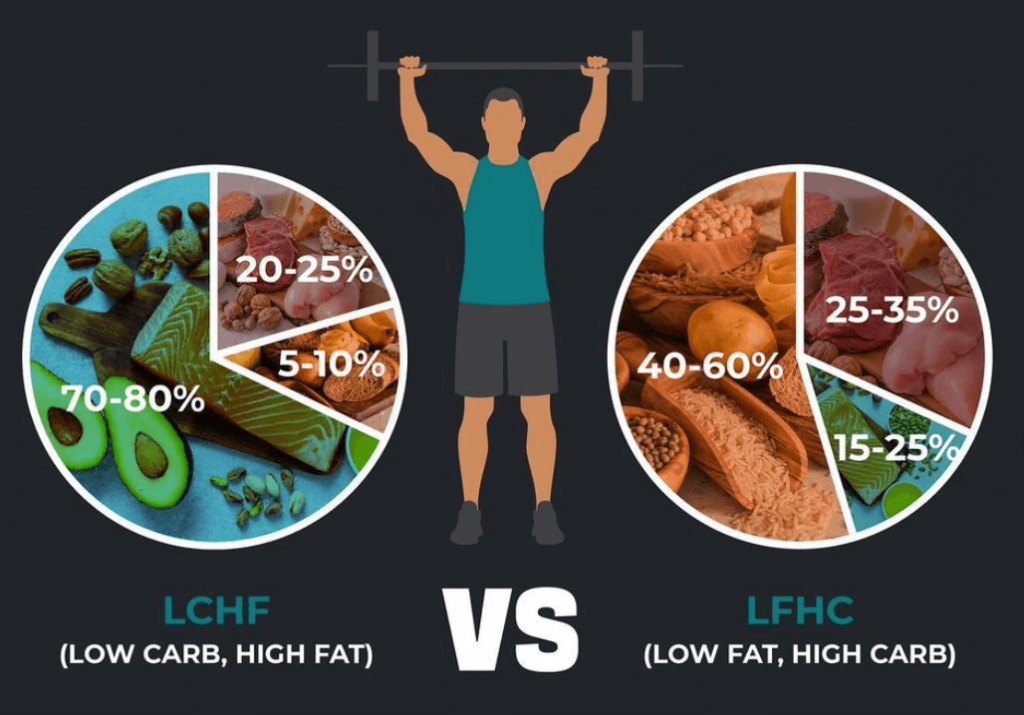
The aim of the study is the assessment of the impact of LFHC (low-fat, high carb) and LCHF (low carb, high fat) diets on the body composition of men of a healthy body mass who do strength sports while on maintenance calories.
EXPERIMENT
The research involved 55 men aged 19–35, with an average BMI of 24. The participants had been doing strength training for about 2 to 3 years.
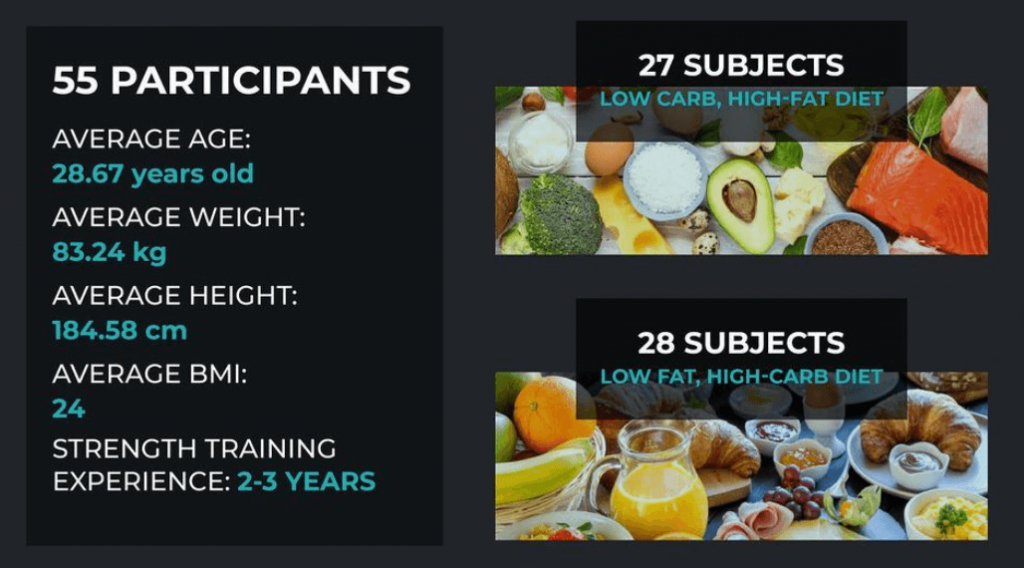
The participants were divided into 2 groups following two interventional diets: low carb, high-fat diet (27 subjects) or low fat, high-carb diet (28 subjects), for 12 weeks. The body composition of the participants was also measured.
The protein intake remained unchanged and was set to 2g per 1 kg of fat-free body mass. In the HIGH FAT diet, carbohydrates constituted up to 40% of the caloric value of the diet, and fats complemented about 40% of the caloric value of the diet.
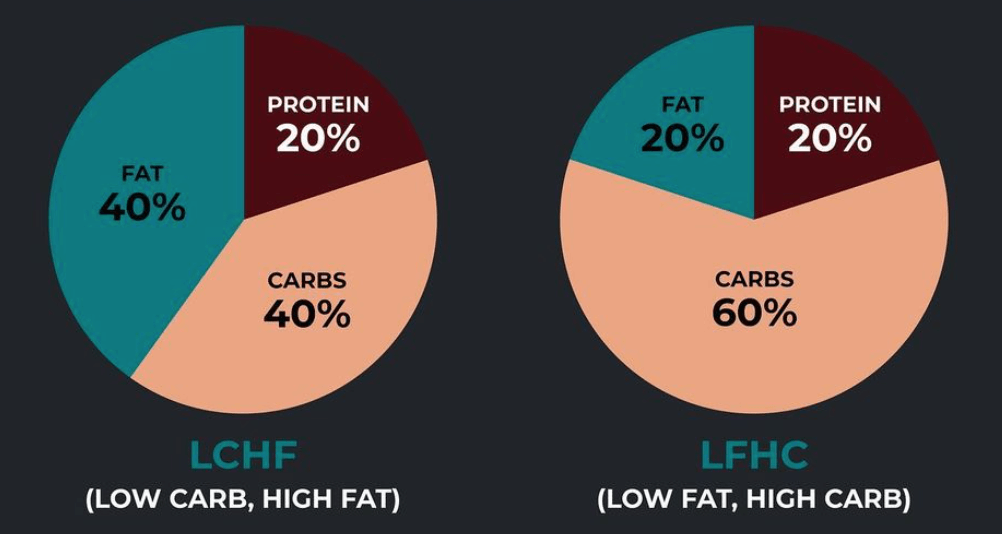
In the HIGH CARB diet, fats constituted up to 20% the caloric value of the diet, and carbohydrates complemented about 60% of the caloric value of the diet.
The participants were doing strength training adapted to their abilities and preferences for at least 3 days a week during the experiment. Each training lasted about 70 mins. and was preceded by a 20-min warm-up.

The participants mostly preferred to do a full-body workout, including basic exercises such as barbell squat, deadlift, bench press, overhead press, chin-up, hollow body, and pushups.
RESULTS
After the 12-week-long experiment based on the low-carbohydrate, high-fat diet, a significant body mass reduction of 1.5% was observed. In the group, following the LFHC diet, the parameters did not significantly change. In the group following LCHF diet, the body fat reduction of 8.6% However,also in the LFHC group, the body fat mass was significantly reduced, that is, by 1.5%.
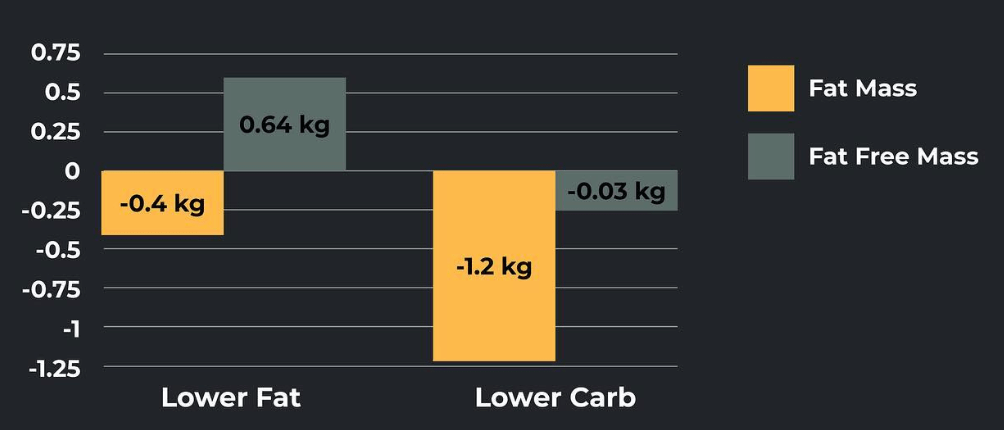
Even if the low-carb, high-fat group lost more fat, there is NO significant difference between groups for fat and fat-free mass changes.
NO differences in the anthropometric parameters (weight, body fat % , BMI) between the groups were found.
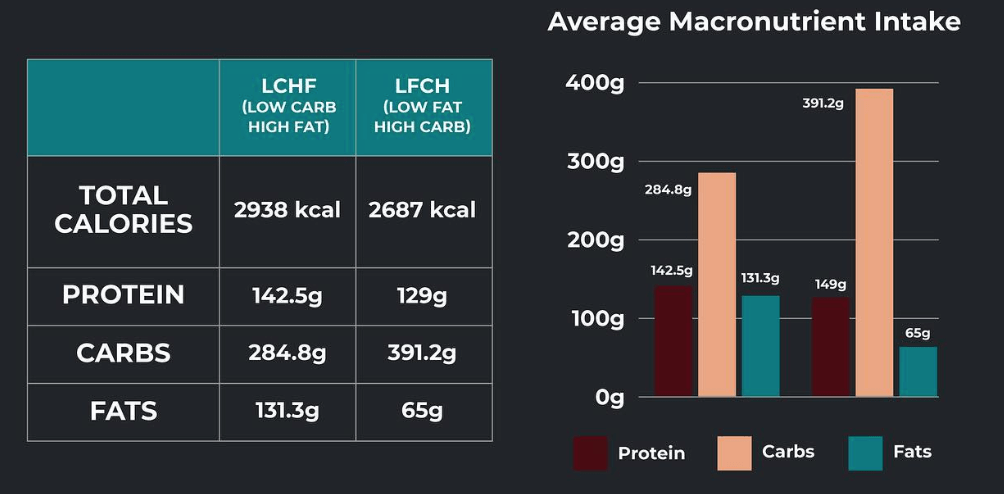
The results indicate that the energy intake of the diet and the level of physical activity are the main factors affecting body composition in people doing strength training. The results show they had different calorie intakes despite having different macro percentage. It cannot confidently be claimed that one diet was better than the other.
CONCLUSION
Nevertheless, it is worth emphasising that these changes were NOT statistically significant between the groups despite significant changes within the groups.
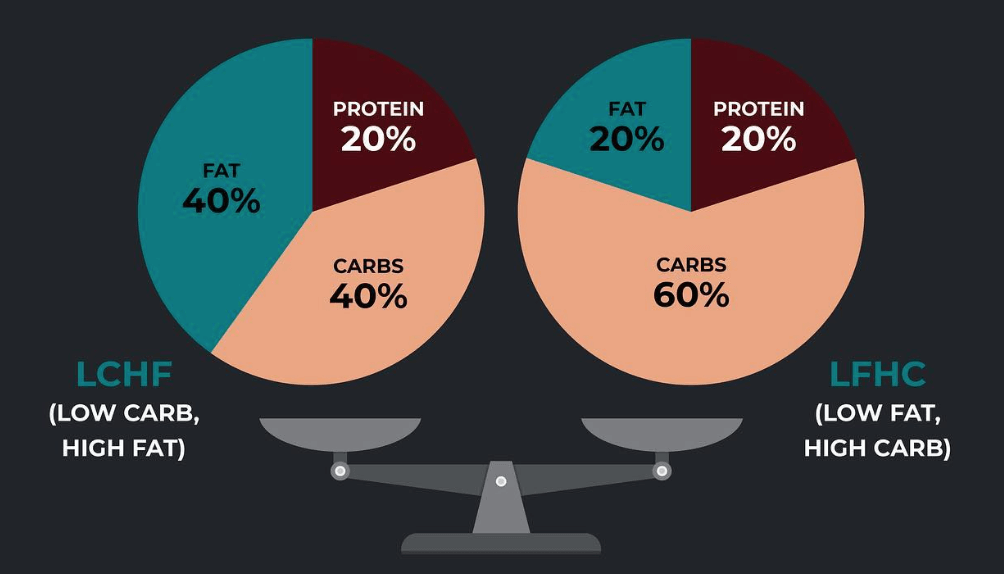
Diets with different carbohydrate and fat intake and the energy value covering the energy needs of men training strength sports have a SIMILAR impact on changes in body composition. It cannot confidently be claimed that one diet was better than the other.
Generally, the study suggests that a carb intake of 40-60% of total calories and a fat intake of 20-40% of total calories will likely result in SIMILAR body composition changes over time as long as you are hitting your daily total calories and protein.
P.S You can buy any 3 items from our new range for £50 (saving you £25), We ship globally too.
Use code “3for50” to apply the discount.

